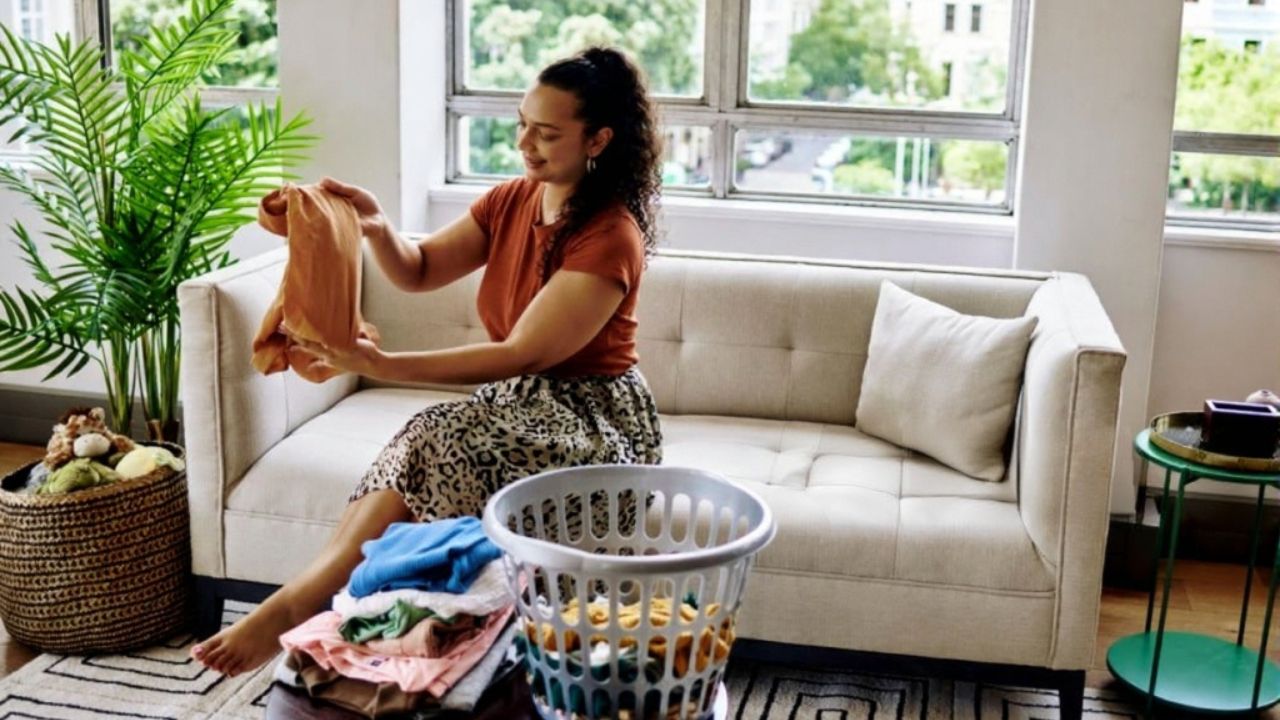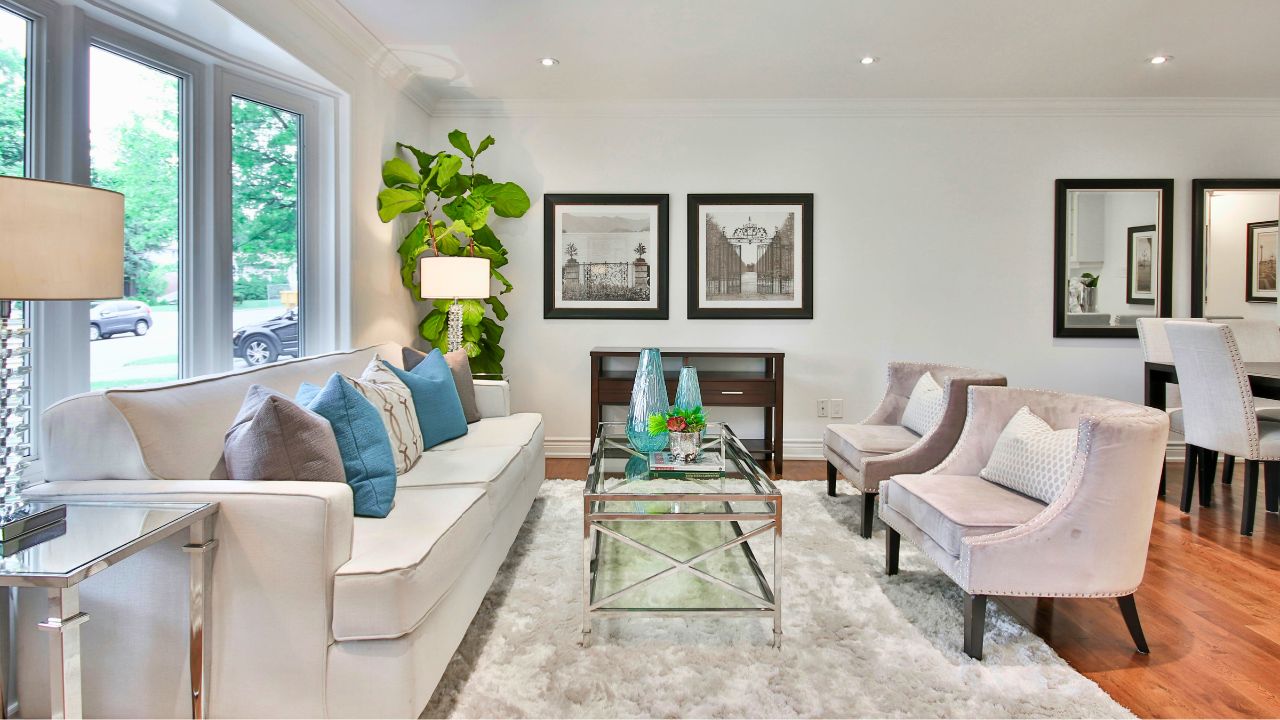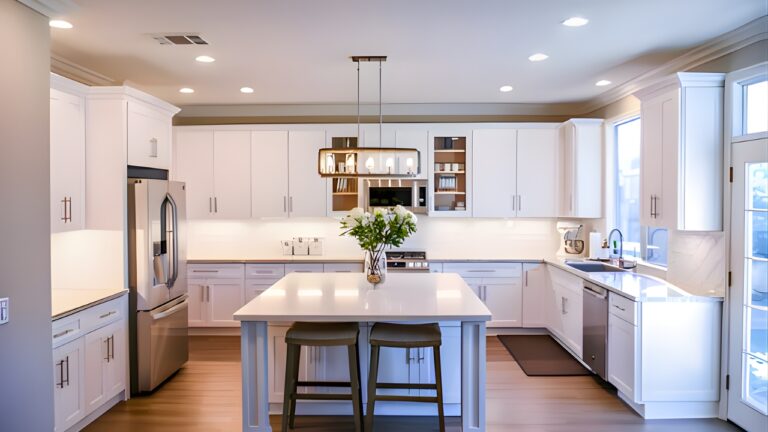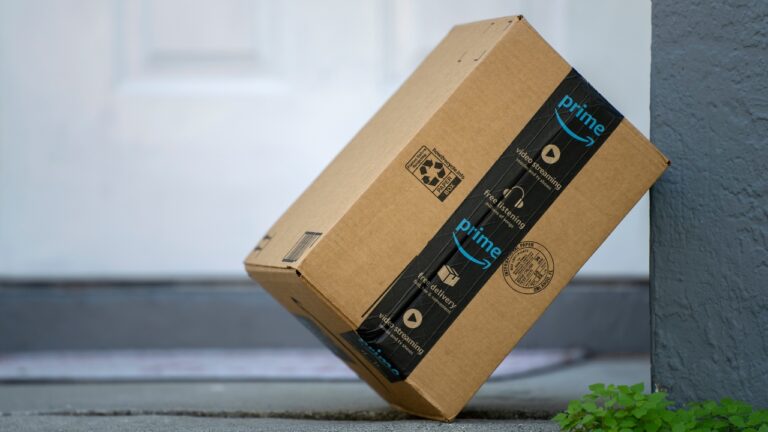What happens when your layout fights your daily routines
If a room never feels right, it’s usually not the sofa’s fault—it’s the path your family actually walks and the jobs the room needs to do. Layout isn’t about grid paper; it’s about flow. When furniture blocks how you move, the house punishes you for living in it.
Watch the path you take, not the one you intended
Stand in the doorway and trace the route you walk to the sofa, the kitchen, the hallway. If you’re zigzagging around a coffee table or squeezing behind a chair, the layout is wrong. Pull furniture off walls and create clear, wide lanes that connect doors to destinations. Your eye reads order when your feet can move without a dance.
Group furniture for conversation, not the TV
Start with the seats: can two people talk without shouting around a coffee table? Angle a chair toward the sofa and pull it closer. Let the rug anchor the group with all front legs on it. Mount the TV slightly higher or swivel it so it serves the group instead of dictating where everything lives. When the room serves people first, it instantly feels more welcoming.
Put tools where the work happens

If you fold laundry on the sofa, a lidded basket should live under the console. If kids color at the dining table, give them a flat bin in the buffet for paper and pencils. If your entry is the dropping point, install hooks there—not in a far closet. Layout includes storage; if the tools are two rooms away, clutter will always win.
Respect door swings and sightlines
Doors need breathing room. A chair half-swallowed by a swinging door will always look awkward and get bumped. Move pieces six inches and the room calms down. Same with sightlines: from the entry to the main window, from the kitchen to the table. Keep those lines clean and let taller items sit perpendicular, not smack in the view.
Use lighting to reinforce zones

A reading chair needs its own lamp. The dining table deserves a centered fixture that doesn’t blind you. A floor lamp in the corner washes the wall and visually enlarges the space. When each zone has light scaled to what happens there, the layout feels purposeful, not improvised.
Test before you commit
Blue tape on the floor and cardboard stand-ins beat moving furniture five times. Tape the rug footprint you want. Mark where the coffee table would sit with 18–20 inches between it and the sofa. Walk the paths. If your hip clips a taped corner, your real table will bruise you.
When layout supports your routines, your house stops feeling chaotic. The same furniture feels better because it’s doing its job: guiding people where they need to go and giving them a place to land without thinking about it.
*This article was developed with AI-powered tools and has been carefully reviewed by our editors.







